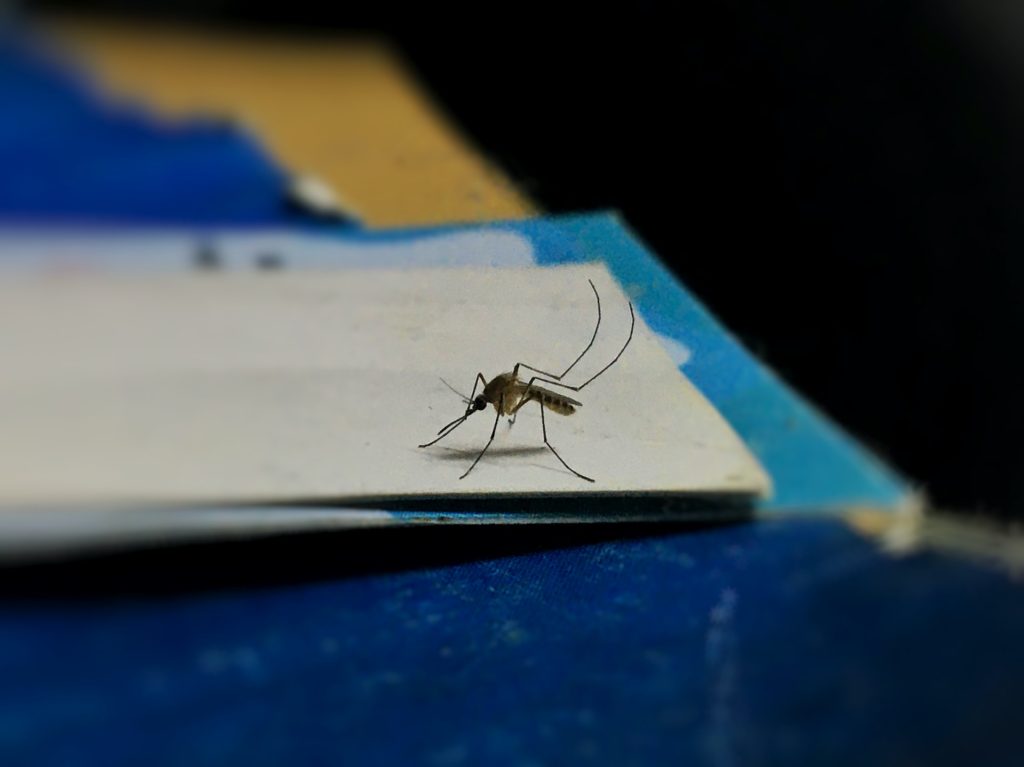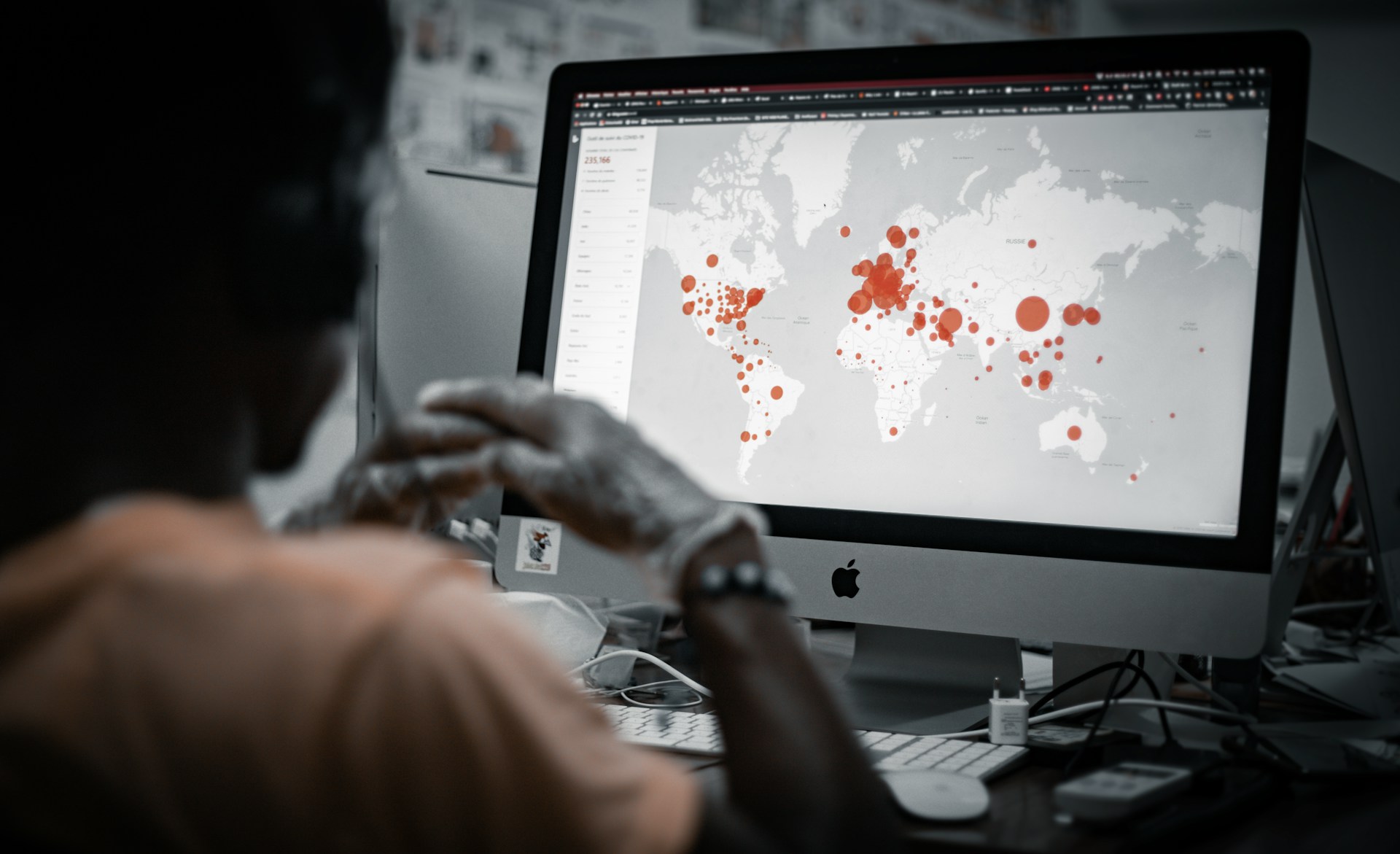As the world grapples with the ongoing challenges of the COVID-19 pandemic, there’s a looming question that whispers in the corridors of scientific inquiry: Could there be another viral strain waiting in the wings to spark the next pandemic? In this exploration of the virological landscape, we delve into the factors that contribute to viral emergence, the potential candidates that could pose future threats, and the crucial lessons learned from the current pandemic.

Understanding Viral Emergence
Before we peer into the future, it’s essential to understand the dynamics of viral emergence. Viruses constantly evolve, and new strains can emerge through mutations, recombination, or the crossing of species barriers. The risk of a virus causing a pandemic often hinges on its ability to transmit efficiently between humans, evade immunity, and potentially cause severe disease.
1. Zoonotic Viruses: Crossing the Species Barrier
Many past pandemics, including COVID-19, have originated from zoonotic viruses, which jump from animals to humans. The process, known as spillover, occurs when a virus adapts to infect a new host species. Factors such as habitat destruction, wildlife trade, and increased human-animal interactions amplify the risk of zoonotic transmission.
Notable examples include the H1N1 influenza virus, which likely originated in pigs, and the Ebola virus, believed to have jumped from bats to humans. Vigilant surveillance and understanding the dynamics of zoonotic transmission are critical to preemptively identifying potential threats.
2. RNA Viruses: Masters of Adaptation
RNA viruses, like the SARS-CoV-2 virus responsible for COVID-19, are particularly adept at adapting and evolving. Their high mutation rates enable them to explore diverse genetic landscapes rapidly. While most mutations are inconsequential, some may confer advantages, such as increased transmissibility or immune evasion.
The influenza virus, another RNA virus, undergoes frequent antigenic changes, necessitating regular updates to the seasonal flu vaccine. The potential for a novel influenza strain with pandemic potential is a perpetual concern, making ongoing surveillance and vaccine development crucial.
Potential Candidates for Future Threats
While predicting the precise nature of the next potential pandemic is challenging, several viruses are under scrutiny due to their zoonotic potential, transmissibility, and capacity to cause severe disease.
1. Coronaviruses: Beyond COVID-19
Coronaviruses, the family to which SARS-CoV-2 belongs, have been implicated in multiple outbreaks. The Middle East Respiratory Syndrome (MERS) and Severe Acute Respiratory Syndrome (SARS) were caused by coronaviruses with notable fatality rates. Ongoing surveillance in wildlife and at the human-animal interface is crucial to detecting any emerging coronaviruses with pandemic potential.
2. Influenza A: The Ever-Changing Threat
Influenza A viruses, notorious for their ability to reassort and create new strains, pose a perennial threat. A novel influenza A subtype with the potential for efficient human-to-human transmission could spark a global pandemic. Continuous monitoring of influenza strains in both humans and animals is essential for early detection and vaccine development.

3. Vector-Borne Viruses: A Changing Landscape
Viruses transmitted by vectors, such as mosquitoes or ticks, also present a risk. The Zika virus, transmitted by mosquitoes, caused a global health emergency in 2015-2016. Climate change, urbanization, and global travel contribute to the spread of vector-borne diseases. Monitoring and controlling these vectors are critical in mitigating the risk of emerging viral threats.
Lessons Learned and Preparedness Measures
The COVID-19 pandemic has been a stark reminder of the importance of global preparedness and response. Lessons learned from the current crisis can inform strategies to mitigate future viral threats.
1. Global Surveillance and Collaboration
A robust global surveillance system that monitors viruses in both human and animal populations is essential. Early detection allows for rapid response and containment measures. Collaborative efforts between nations and international organizations enhance information sharing and coordinated responses.
2. Vaccine Development and Distribution
Accelerated vaccine development and equitable distribution are critical components of pandemic preparedness. The success of COVID-19 vaccine development within record time showcases the potential of scientific advancements. Ensuring global access to vaccines helps prevent the spread of emerging viruses.
3. One Health Approach
The One Health approach, recognizing the interconnectedness of human, animal, and environmental health, is crucial. Implementing measures to reduce the risk of zoonotic transmission, such as regulating wildlife trade and preserving natural habitats, contributes to overall pandemic prevention.

As we cautiously peer into the future, the specter of another pandemic looms on the horizon. However, armed with knowledge, vigilance, and the lessons learned from COVID-19, humanity stands better equipped to face emerging viral threats. The ongoing collaboration of scientists, public health organizations, and nations worldwide remains our strongest defense. In this intricate dance between viruses and the human species, our ability to adapt, innovate, and unite will determine our resilience in the face of the next potential pandemic.





